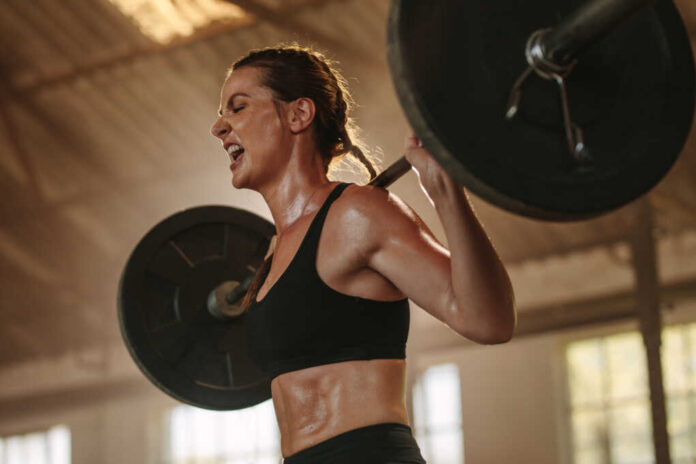
Once relegated to the sidelines of the fitness world, women are now transforming weightlifting culture and challenging century-old stereotypes about strength and femininity in gyms across the globe.
At a Glance
- Women’s participation in weightlifting has evolved from marginalized beginnings to Olympic recognition, with the sport first included in the 2000 Sydney Olympics
- Female pioneers like Abbye “Pudgy” Stockton in the 1930s and 1940s helped break ground despite societal resistance
- Beyond physical benefits, women report improved confidence, mental health, and even recovery from eating disorders through strength training
- Weightlifting is challenging traditional gender norms around femininity and redefining what strength means for people of all genders
From Sidelines to Center Stage: The Historical Journey
The history of women in weightlifting dates back further than many realize, with notable figures emerging as early as the late 19th century. Female strength athletes like Katie Sandwina, Vulcana, and Minerva performed impressive feats of strength during this era, often in circus or vaudeville settings. However, these pioneers faced significant challenges in gaining acceptance and recognition compared to their male counterparts, as strength was considered primarily a masculine attribute. This perspective persisted despite clear evidence that women could develop considerable physical power and athleticism.
The 1930s and 1940s marked an important turning point with the emergence of figures like Ivy Russell and Abbye “Pudgy” Stockton, who helped popularize female weightlifting. Stockton, known for her strength demonstrations on Muscle Beach in California, became an inspirational figure who showed that women could be both strong and feminine. Despite this progress, it wasn’t until the 1970s—influenced by the broader feminist movement—that women’s strength sports began establishing formal organizations and competitions.
Breaking Barriers: The Road to Olympic Recognition
Women’s competitive weightlifting evolved slowly through the latter half of the 20th century. The first official female powerlifting competitions began in 1978, followed by the World Weightlifting Championships including a women’s division in 1987. The World’s Strongest Woman event didn’t emerge until 1997. Perhaps most significantly, women’s Olympic weightlifting finally debuted at the 2000 Sydney Olympics—a full century after men’s weightlifting had been included in the Games.
Since that Olympic debut, women’s weightlifting has seen dramatic growth in participation and global representation. Countries like China, Russia, the United States, and Kazakhstan have produced remarkable female lifters who continue to push the boundaries of human strength. Athletes such as Nina Stotland, Tatiana Kashirina, Cheryl Haworth, and Liu Chunhong have become pioneering figures who inspire younger generations to take up the sport, regardless of gender expectations.
Beyond Physical Strength: The Holistic Benefits
Today’s women are embracing weightlifting not just for competitive purposes but for comprehensive health benefits. Regular strength training increases muscle strength and endurance, boosts metabolic rate for better weight management, and enhances bone density—critically important for women as they age and face increased osteoporosis risk. These physical advantages represent just one dimension of what attracts women to the weight room.
Many women report that the mental health benefits of strength training are equally compelling. Increased confidence, reduced anxiety, and significant stress relief are commonly cited advantages. Some women even credit weightlifting with helping them overcome eating disorders by shifting their focus from body appearance to physical capability and strength. This psychological empowerment represents a profound shift from viewing exercise primarily as a weight-loss tool to appreciating it as a strength-building practice.
Redefining Femininity Through Strength
Perhaps the most significant cultural impact of women’s increased participation in weightlifting is the ongoing redefinition of what femininity means in modern society. Traditional notions that associated femininity with physical delicacy and masculinity with strength are being dismantled as more women demonstrate their capabilities in the weight room. The outdated concern that women might become “too muscular” through weightlifting is gradually being replaced by an appreciation for strong, capable bodies of all types.
As gyms respond to increasing female participation, many are reassessing their equipment, class offerings, and overall environments to be more welcoming to all genders. Women-focused training programs, increased representation of female trainers, and gym spaces designed to be less intimidating have all emerged in response to this demographic shift. The transformation is ongoing, but the direction is clear: weight rooms are becoming more diverse, inclusive spaces where strength is celebrated as a human attribute rather than a gendered one.


















